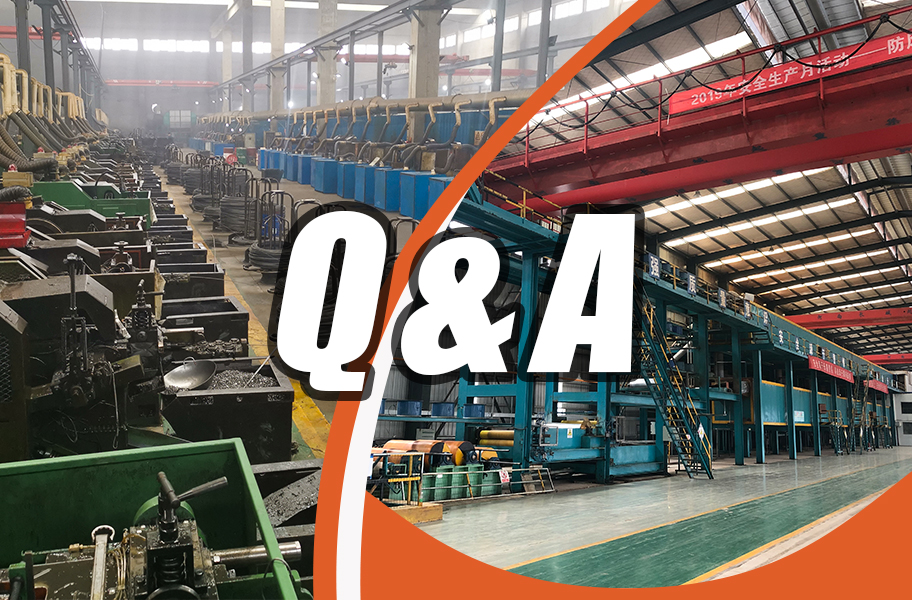
Introduction
Color coated steel coils have become an integral part of the modern construction and manufacturing industry, offering a versatile and aesthetically pleasing solution for various applications. These coils are coated with a layer of paint or other protective materials, providing not only a colorful finish but also enhanced durability and corrosion resistance. In this comprehensive guide, we will explore the characteristics, types, applications, and other relevant aspects of color coated steel coils.
Characteristics of Color Coated Steel Coils
1. Corrosion Resistance:
Color coated steel coils are designed to resist corrosion, ensuring longevity in diverse environmental conditions. The protective coating acts as a barrier against moisture, preventing the formation of rust and corrosion on the underlying steel.
2. Aesthetic Appeal:
One of the primary advantages of color coated steel coils is their aesthetic versatility. The wide range of available colors and finishes allows architects and manufacturers to achieve desired visual effects, making these coils ideal for applications where appearance matters.
3. Durability:
The additional coating not only enhances the steel’s corrosion resistance but also contributes to its overall durability. This makes color coated steel coils suitable for use in challenging environments, including those with high humidity, extreme temperatures, or exposure to harsh chemicals.
4. Weather Resistance:
Color coated steel coils are engineered to withstand the impact of various weather conditions. Whether it’s intense sunlight, heavy rainfall, or snow, the protective coating helps maintain the integrity of the steel and prevents damage from prolonged exposure.
5. Formability:
These coils exhibit excellent formability, allowing for a wide range of fabrication processes. Manufacturers can easily shape and mold color coated steel to meet specific design requirements without compromising the integrity of the coating.
6. Ease of Maintenance:
The coated surface of these steel coils is relatively easy to clean and maintain. Regular cleaning can help preserve the aesthetic appeal and protective properties of the coating, ensuring a longer service life.
Types of Color Coated Steel Coils
1. Polyester Coated Steel Coils:

Polyester coatings are commonly used for indoor applications. They provide good color retention and resistance to environmental elements, making them suitable for a variety of architectural and interior design purposes.
2. Polyvinylidene Fluoride (PVDF) Coated Steel Coils:

PVDF coatings offer exceptional durability and resistance to fading. These coatings are highly weather-resistant, making PVDF-coated steel coils ideal for outdoor applications where prolonged exposure to sunlight and harsh weather conditions is expected.
3. Silicon Modified Polyester (SMP) Coated Steel Coils:

SMP coatings strike a balance between cost-effectiveness and performance. They provide good weather resistance and color retention, making them suitable for a range of applications, including residential and commercial construction.
4. Plastisol Coated Steel Coils:

Plastisol coatings are often applied for their unique textured finish and increased resistance to abrasion. These coils find applications in areas where both aesthetics and durability are critical, such as architectural roofing and wall panels.
Applications of Color Coated Steel Coils
1. Building and Construction:
Color coated steel coils are widely used in the construction industry for roofing, cladding, and other architectural applications. Their aesthetic appeal, durability, and weather resistance make them a popular choice for both residential and commercial buildings.
2. Automotive Industry:
The automotive sector utilizes color coated steel coils for various components, including body panels and trim. The corrosion resistance and formability of these coils make them suitable for enhancing the visual appeal and longevity of vehicles.
3. Appliances and Electronics:
Household appliances and electronic devices often feature color coated steel components. The coils contribute to the sleek and modern appearance of these products while providing protection against environmental factors.
4. Furniture Manufacturing:
Color coated steel coils find applications in the production of furniture, offering a durable and visually appealing solution for metal furniture components. The versatility of these coils allows for the creation of furniture with a wide range of styles and colors.
5. Industrial Equipment:
Industrial machinery and equipment benefit from the corrosion resistance and durability of color coated steel coils. The coating protects against corrosive substances, extending the service life of components used in various industrial applications.
Manufacturing Process of Color Coated Steel Coils
The production of color coated steel coils involves several key steps:
- Surface Cleaning: The steel substrate undergoes thorough cleaning to remove any impurities, rust, or contaminants that could affect the adhesion of the coating.
- Surface Pretreatment: A chemical pretreatment is applied to the cleaned surface to enhance the adhesion of the coating and improve corrosion resistance.
- Primer Application: A primer is applied to the pre-treated surface to promote better adhesion of the color coating.
- Color Coating: The color coating, usually a layer of paint or another protective material, is applied to the primed surface. This step defines the aesthetic appearance of the final product.
- Curing: The coated steel is subjected to high temperatures to cure the coating, ensuring its proper adhesion and durability.
- Cooling and Inspection: The coated steel is cooled, and a thorough inspection is conducted to ensure quality and adherence to specifications.
Environmental Considerations
Color coated steel coils contribute to sustainability in construction and manufacturing by offering energy-efficient solutions. The increased durability and corrosion resistance of these coils result in longer-lasting products, reducing the need for frequent replacements and minimizing environmental impact.
Conclusion
Color coated steel coils play a crucial role in various industries, offering a blend of aesthetics, durability, and functionality. Their versatility makes them suitable for an array of applications, from architectural projects to automotive manufacturing. As technology advances, we can expect further innovations in coating materials and application processes, enhancing the performance and sustainability of color coated steel coils in the years to come.



